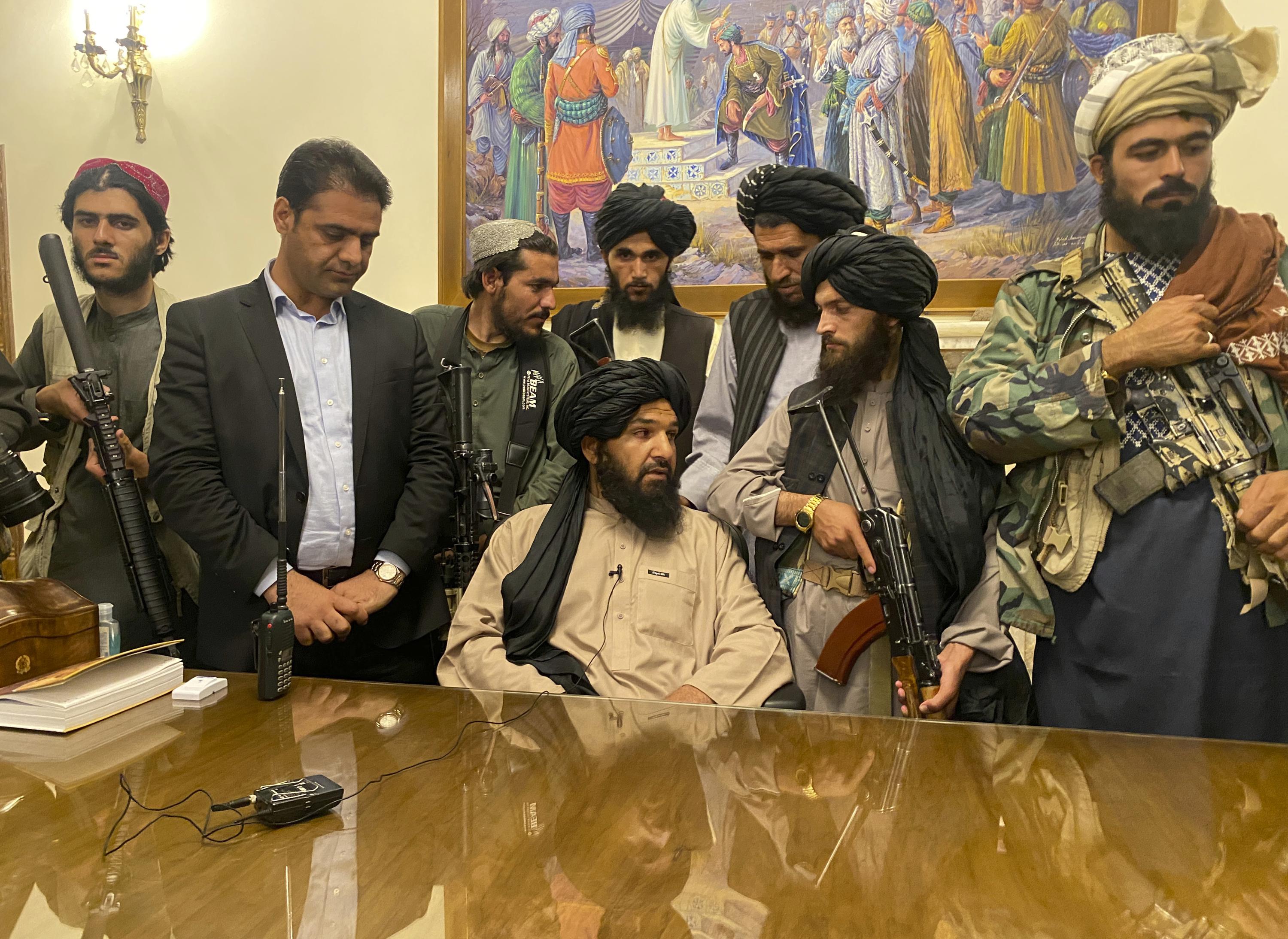The beginning:
In 1978, a leading Parcham official fell to an assassin's bullet. Massive demonstrations erupted against Daoud and the CIA, which Parcham blamed for the killing. Daoud responded by arresting the PDPA leadership, spurring military officers sympathetic to the PDPA to move against his government. On April 27, 1978, they seized power in a bloody coup. On April 30, a Revolutionary Council declared Afghanistan to be the Democratic Republic.
Initially, the CIA refused to provide American arms to the resistance, seeking to maintain plausible deniability. The State Department, too, also opposed providing American-made weapons for fear of antagonizing the Soviet Union. To keep the covert assistance program small and inconspicuous, the millions were appropriated by the CIA to purchase Chinese, Warsaw Pact, and Israeli weaponry.
Operation Cyclone
Operation Cyclone was the code name for the United States Central Intelligence Agency (CIA) covert program to arm and finance the Jihadi warriors, mujahideen, in Afghanistan from 1979 to 1989, prior to and during the military intervention by the USSR in support of its client, the Democratic Republic of Afghanistan. The program leaned heavily toward supporting militant Islamic groups that were favoured by the regime of Muhammad Zia-ul-Haq in neighbouring Pakistan, rather than less ideological Afghan resistance groups that had been fighting the Marxist-oriented Democratic Republic of Afghanistan regime since before the Soviet intervention. Operation Cyclone was one of the longest and most expensive covert CIA operations ever undertaken. Funding began with $20–$30 million per year in 1980 and rose to $630 million per year in 1987. Funding continued after 1989 as the mujahideen battled the forces of Mohammad Najibullah’s PDPA during the civil war in Afghanistan (1989–1992).
The ISI refused to recognize any Afghan resistance group that was not religiously based. Neither the Pushtun nationalist Afghan Millat party nor members of the Afghan royal family were able to operate legally in Pakistani territory. The ISI did recognize seven groups but insisted on contracting directly with each individual group in order to maintain maximum leverage. Pakistani intelligence was, therefore, able to reward compliant factions among the fiercely competitive resistance figures. Indeed, the ISI tended to favour Gulbuddin Hekmatyar, perhaps the most militant Islamist of the mujahidin commanders, largely because Hekmatyar was also a strong proponent of the Pakistani-sponsored Islamist insurgency in Kashmir.
Afghanistan was a bleeding wound for the Soviet Union. Each year, the Red Army suffered thousands of casualties. Numerous Soviets died of disease and drug addiction (opium and heroin are widely used and sold).
Indoctrination
"My brother is a Mujahid. Afghan Muslims are Mujahideen. I do Jihad together with them. Doing Jihad against infidels is our duty." These words come from a textbook written to teach first-graders.
Try this math problem: “A Kalashnikov bullet travels at 800 meters per second. A mujahed has the forehead of a Russian in his sights 3,200 meters away. How many seconds will it take the bullet to hit the Russian’s forehead?” Or how about this one: “A group of mujahedin kill 178 out of 3,560 enemy soldiers in battle. What percentage of the enemy have they killed?” No, these aren’t gags—they’re actual lessons from a fourth-grade textbook still in use in Afghanistan.
In the primer, eight of the 41 letters of the alphabet contain similar references, to guns, swords and defending the homeland against infidels. As part of its support of the Afghan resistance to Soviet invasion, the United States Agency for International Development spent $50 million on a "jihad literacy" project between 1986 and 1992. Afghan textbooks—many of which were printed in Pakistan during the 1980s—have long served the dual purpose of basic education and political indoctrination. Children start school with “J is for Jihad” and “M is for Mujahed” (Islamic guerrilla) grammar lessons in the first grade and progress to a full-blown “Jihad Manual,” with lessons on recognizing the enemies of Islam and hand-drawn diagrams on assembling AK-47 rifles, by the seventh.
“Successive regimes have manipulated the school system to meet their own needs,” Sarajeddin Alimi, 50, director of the Department of Education at Kabul University told me. The mujahedin added religion and propaganda against the Soviets, who occupied Afghanistan from 1979 to 1989. The Taliban combined the militarized texts with their own brand of combative Islamic studies—10 additional study hours per week—for first through twelfth grade. Teachers often doubled as soldiers, blurring the line between military and civilian education.
Still, classes that teach students to explain—”in detail”—the difference between jihad and holy war are hardly the biggest obstacles facing Afghan educators. Afghanistan’s school enrollment is among the lowest in the world, with only 3 per cent of girls and 39 per cent of boys registered to receive a formal education, even under a puppet regime. For the majority of the country’s children, biased books are less of a problem than the fact that so few of them are ever likely to be able to read them. This is in stark contrast with how things were in the Democratic Republic of Afghanistan.

Comments
Post a Comment